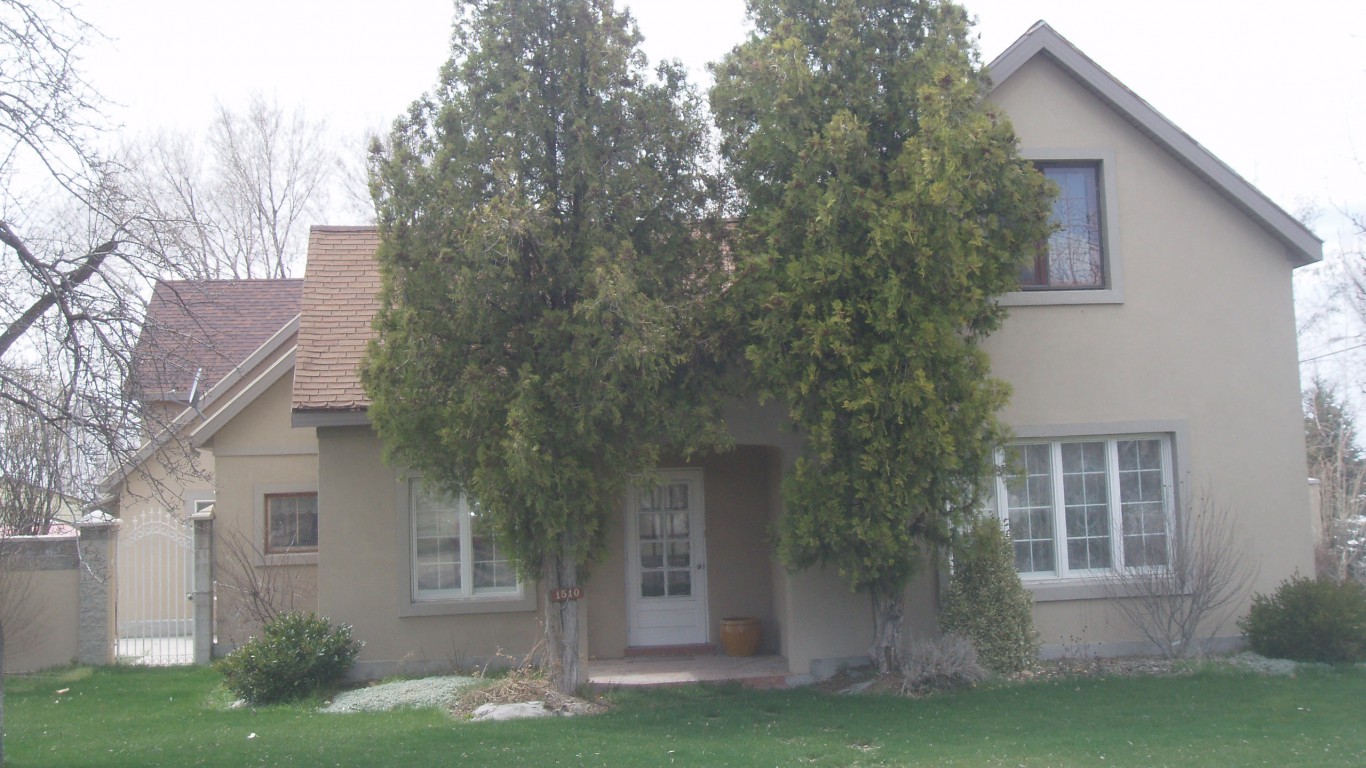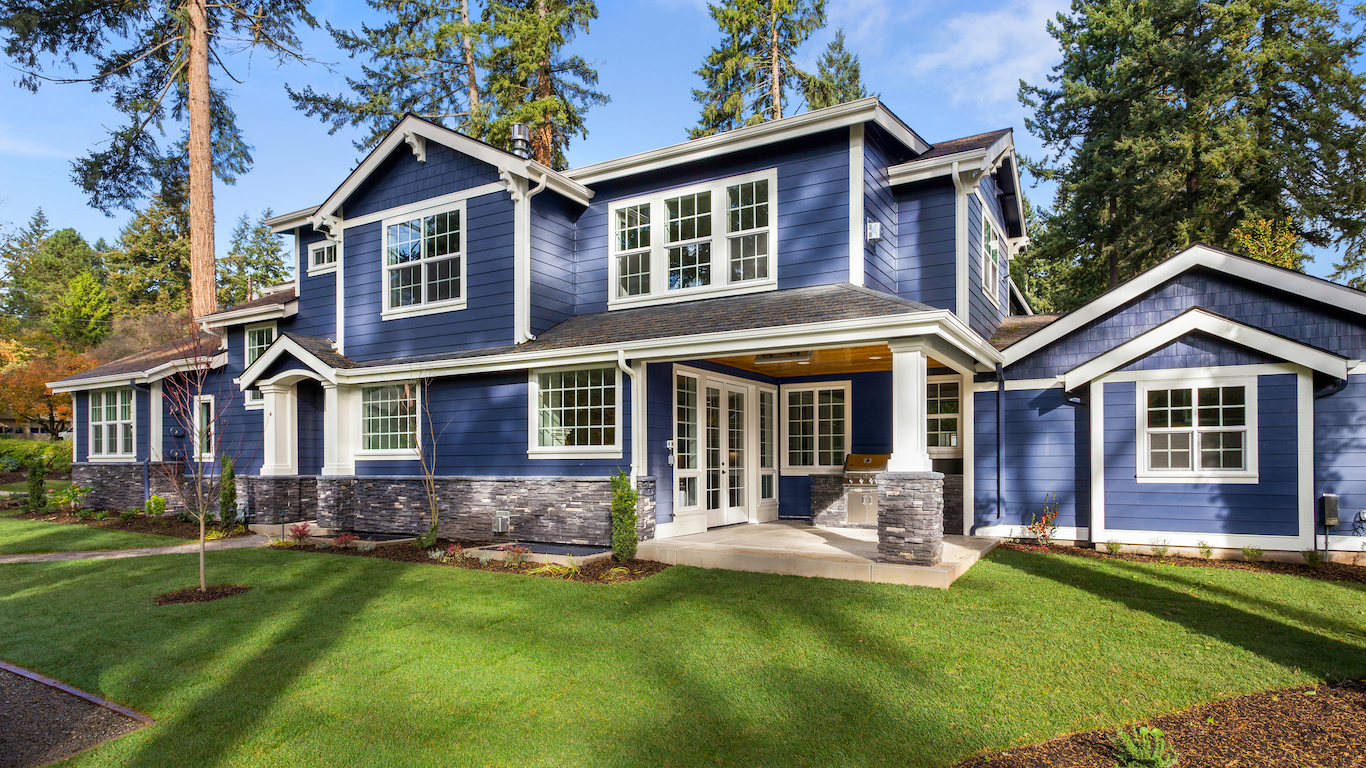
One of the downsides of owning a house is that mortgage payments and property taxes are not the only checks homeowners have to write. The average cost of making improvements to a home is nearly $7,000.
And that’s if nothing serious goes wrong. The cost can skyrocket if a major problem surfaces that could have been avoided with some preventive maintenance.
HomeAdvisor expert Dan DiClerico told Realtor.com, “[P]reventive maintenance is the key—basically taking steps to make sure your home isn’t hit with sudden, catastrophic damage.” DiClerico also encourages homeowners to build savings equal to 2% to 5% of the value of the home to help meet unexpected damages.
What are the costliest repairs homeowners could be faced with and how can they take steps to avoid or delay them? Realtor.com came up with a list of five serious problems homeowners will want to avoid if at all possible.
Restoring or Repairing the Foundation
Any indication of foundation damage needs immediate attention because if it’s not fixed quickly it will only get worse. Not only that, a home with foundation damage may not be safe to live in. The best way to avoid a foundation problem is to keep water away from the foundation walls. Rain gutters and downspouts that direct rainwater and snowmelt away from the foundation are key. So is making sure that the ground is properly graded to direct water away from the foundation. Repair costs can run from around $4,000 for a relatively minor fix to a foundation wall to $10,000 or more if a wall collapses.
Replacing a Furnace or Central Air-Conditioning System
The cost of replacing heating or cooling equipment could easily exceed $10,000 and can often be avoided by annual maintenance. “Neglect,” according to DiClerico, “is one of the main killers of heating and cooling equipment.” Spend a few bucks every fall and spring to have the heating and cooling systems professionally inspected and maintained.
Repairing Water Damage to Walls and Ceilings
Keeping water where it belongs — either outside the house or inside the pipes — can prevent damage to walls and ceilings from leaky roofs or pipes. Homeowners can check appliance hoses (washers, dishwashers and so on) for leaks and wrap pipes in unheated parts of the house with insulating sleeves. Replacing a seriously damaged wall or ceiling costs an average of $1,500 and could run to four times that amount if moldings also have to be replaced.
Replacing the Lawn
Keeping a home’s lawn green and healthy requires a fair amount of labor and attention. But if homeowners neglect to deal with poor soil, weeds or pest infestations, replacing the sod costs an average of $1,822 and could run to more than three times that amount. Use inexpensive soil testing kits available from most home improvement stores to test the pH level of the soil and then use that information to select the right type of fertilizer for the lawn.
Removing a Tree
A tree with damaged or diseased limbs or a massive root system can prove costly if homeowners neglect some routine checks. Trees that have deep root systems can foul water and sewer lines may need to be removed at a cost beginning around $750, before adding in the cost of removing the stump. Large trees with limbs extending near or into power lines rack up additional costs because the arborists need to take additional safety precautions.
Take Charge of Your Retirement In Just A Few Minutes (Sponsor)
Retirement planning doesn’t have to feel overwhelming. The key is finding expert guidance—and SmartAsset’s simple quiz makes it easier than ever for you to connect with a vetted financial advisor.
Here’s how it works:
- Answer a Few Simple Questions. Tell us a bit about your goals and preferences—it only takes a few minutes!
- Get Matched with Vetted Advisors Our smart tool matches you with up to three pre-screened, vetted advisors who serve your area and are held to a fiduciary standard to act in your best interests. Click here to begin
- Choose Your Fit Review their profiles, schedule an introductory call (or meet in person), and select the advisor who feel is right for you.
Why wait? Start building the retirement you’ve always dreamed of. Click here to get started today!
Thank you for reading! Have some feedback for us?
Contact the 24/7 Wall St. editorial team.
 24/7 Wall St.
24/7 Wall St.